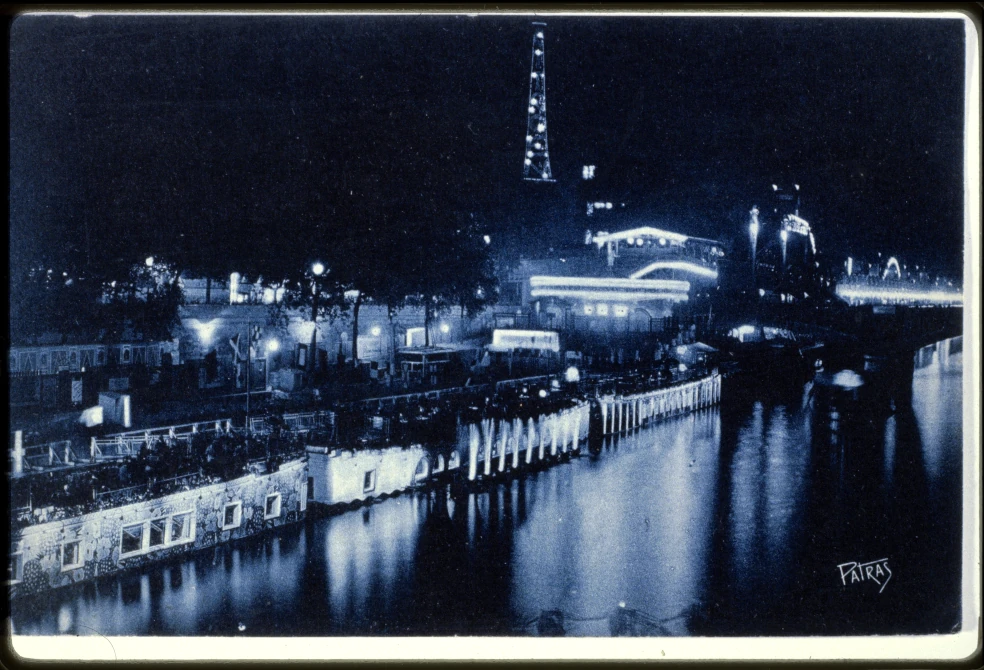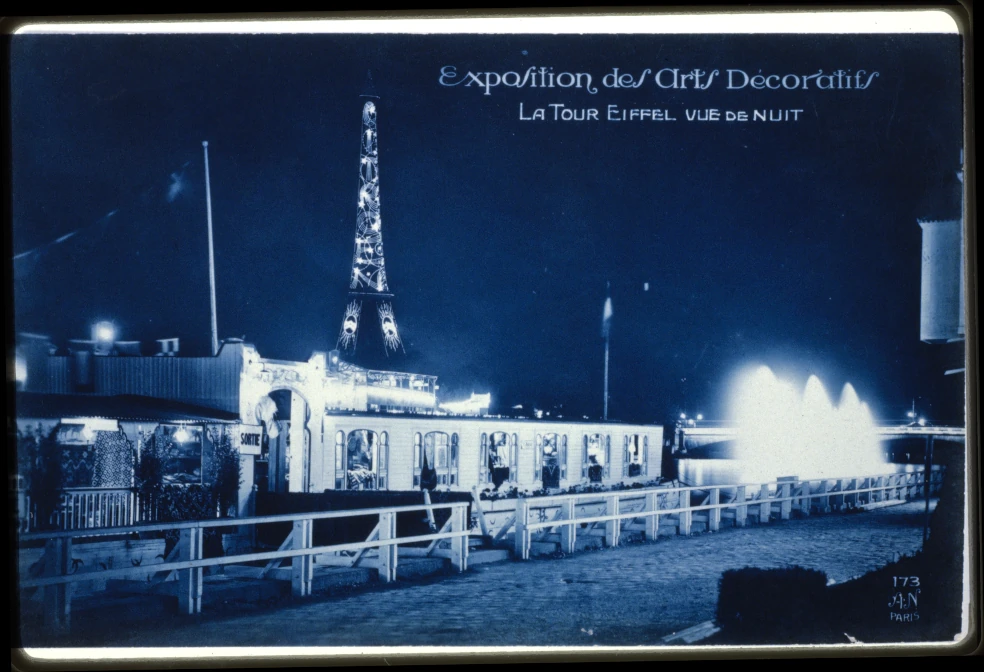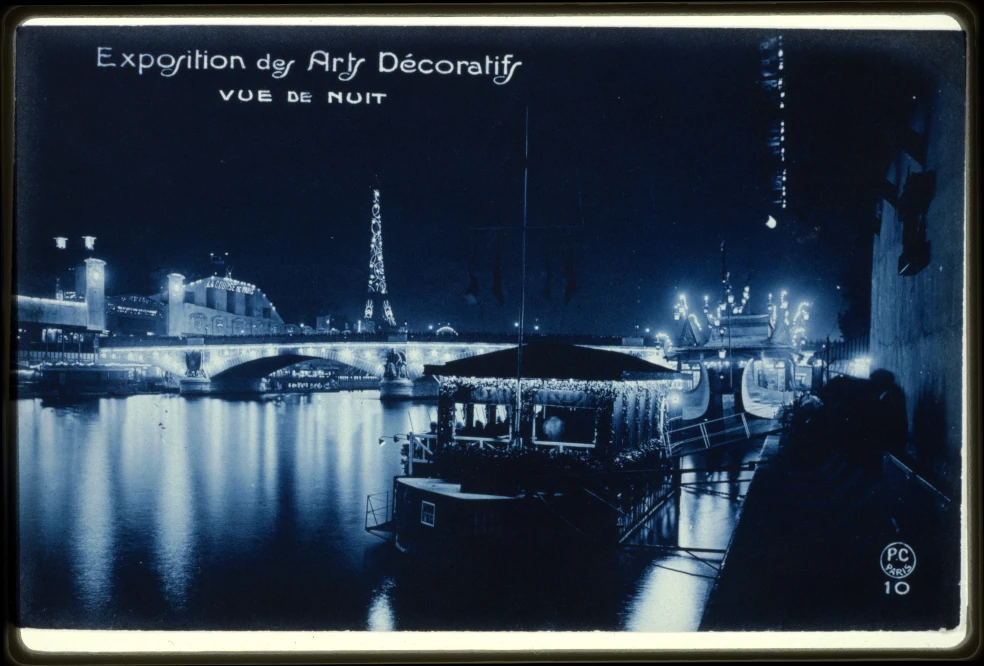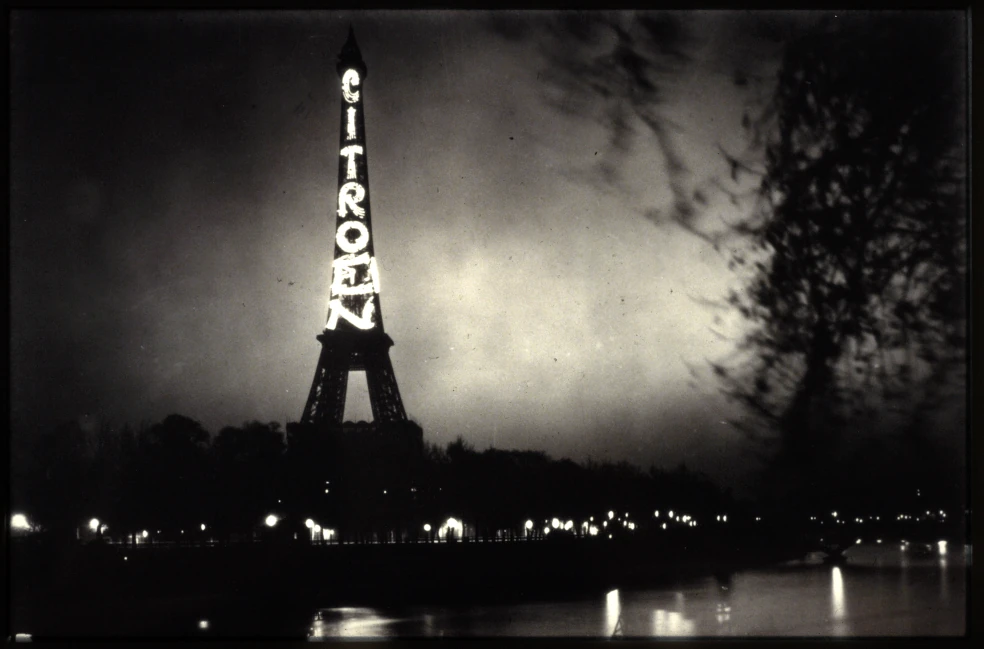Citroën and the Eiffel Tower: the story of a genius stroke of publicity
- Jérémy

- Aug 9
- 3 min read

Since its very inception, the Citroën brand has established itself as a disruptive force in the global automotive landscape. Driven by its visionary founder, André Citroën, the company relentlessly pushed the boundaries of engineering and design. However, to confine Citroën's audacity solely to its vehicle production would be to overlook a fundamental part of its DNA: an unparalleled creativity in the realm of communication. While expeditions like the "Croisière Jaune" (Yellow Crusade) captured the public imagination, the pinnacle of this advertising genius was undoubtedly the illumination of the Eiffel Tower. More than just an advertisement, this spectacular event, which lasted for nearly a decade, not only etched the Citroën name into the Paris sky but also eternally sealed the unbreakable bond between the brand, its creative spirit, and the City of Light.
The audacious gamble to light up the "iron lady"
In the early 1920s, André Citroën was already a master of spectacular publicity. Having already astonished Parisians by using airplanes for skywriting his name in plumes of smoke, he sought a new way to make a lasting impression, a medium that could match his ambition. His gaze then turned to the capital's most iconic monument: the Eiffel Tower. At that time, the company operating the tower was looking for ways to modernize it and finance its upkeep. The idea of a public-facing illumination, though novel, was gaining traction. Sensing a historic opportunity, André Citroën connected with the engineer and lighting artist Fernand Jacopozzi. Together, they conceived a project of unprecedented scale. On July 4, 1925, their vision became a dazzling reality as the name "CITROËN" lit up across three of the monument's four faces.
The technical feat was as impressive as the visual impact. The project required no fewer than 250,000 light bulbs in six different colors and 600 kilometers (approximately 373 miles) of electrical cables to create this luminous fresco. The brand's name, rendered in stylized capital letters, stood 30 meters (nearly 100 feet) tall, making it visible from dozens of kilometers away. What was initially planned as a temporary event quickly became a Parisian institution. The contract was renewed year after year, with the display evolving to include animations like a shooting star or zodiac signs, until it was finally extinguished in 1934, a casualty of the economic crisis and the company's financial hardships. For nearly ten years, the Eiffel Tower was not only the symbol of Paris but also the largest and most brilliant advertising sign in the world, bearing the name of Citroën.
An unmatched impact and a lasting legacy
The results of this operation were simply colossal, exceeding all expectations. Overnight, Citroën was no longer just a name in newspapers or on posters; it was displayed on France's most visited monument. This omnipresence gave the brand a quasi-institutional status and instant global recognition. The most famous, and perhaps most telling, anecdote is that of aviator Charles Lindbergh. In 1927, upon completing his historic transatlantic flight, he reportedly used the glittering Citroën name on the tower as a beacon to navigate his way to Le Bourget Airport. The event permanently associated Citroën with values of audacity, modernity, and grandeur. The brand was no longer just selling cars; it was selling a dream, a piece of Paris, a symbol of French achievement.
In conclusion, if Citroën is a legendary brand today, it is as much for having repeatedly reinvented the automobile with models like the Traction Avant, the 2CV, and the DS, as it is for the extraordinary vision of its founder. André Citroën understood before anyone else that innovation should not be limited to the product, but should extend to how it is communicated and cherished. The illumination of the Eiffel Tower remains the most brilliant and poetic testament to this philosophy. It is the symbol of a brand that has always aimed not only to put France on four wheels, but also to inspire it to dream bigger.










Comments